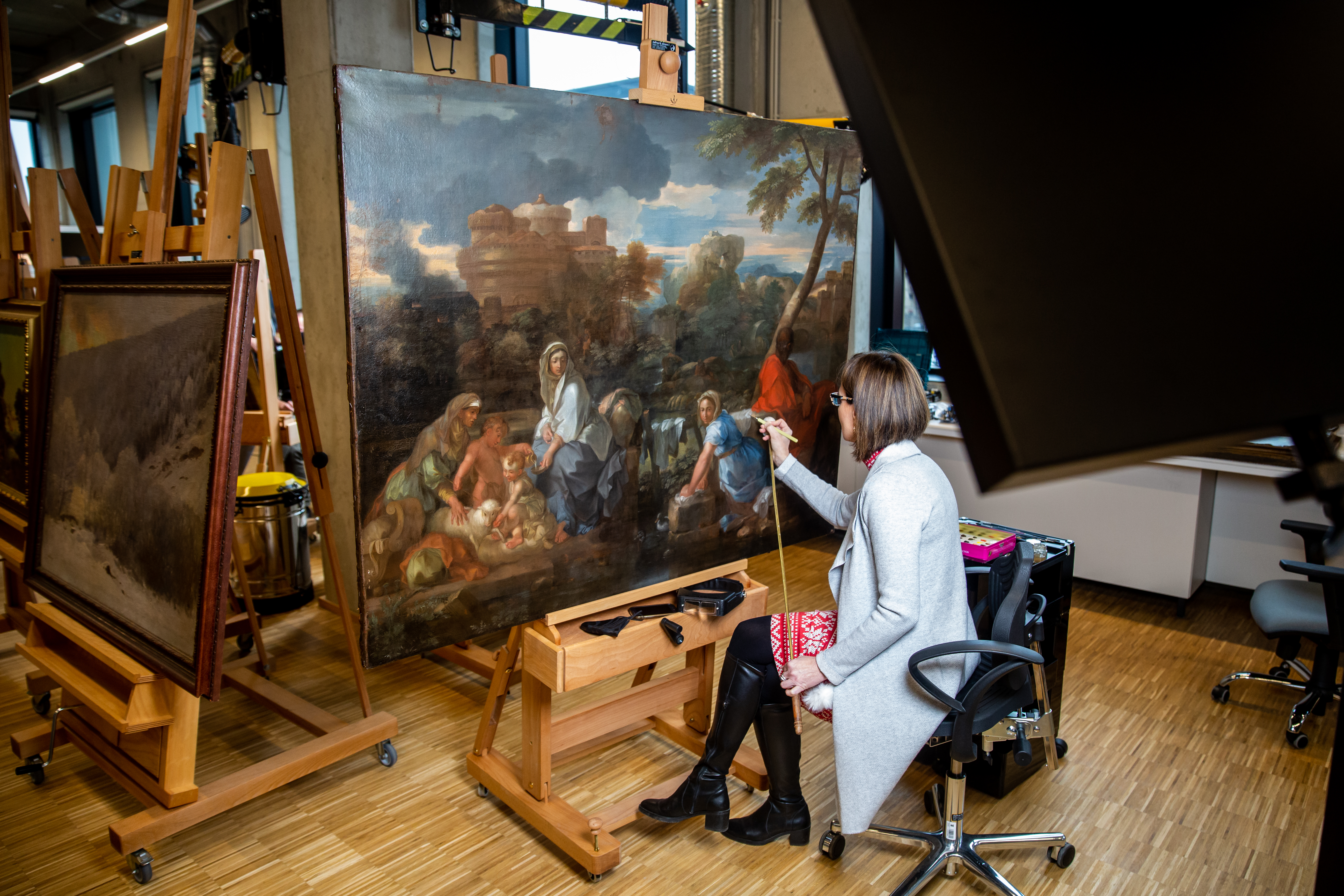The large buildings of the National Museum Restoration and Storage Centre (OMRRK) were not designed for the public, but anyone can visit the Bókay Garden alongside this institution. This complex, is home to a range of artworks unparalleled in Hungary and designed to suit the needs of museologists and restorers.
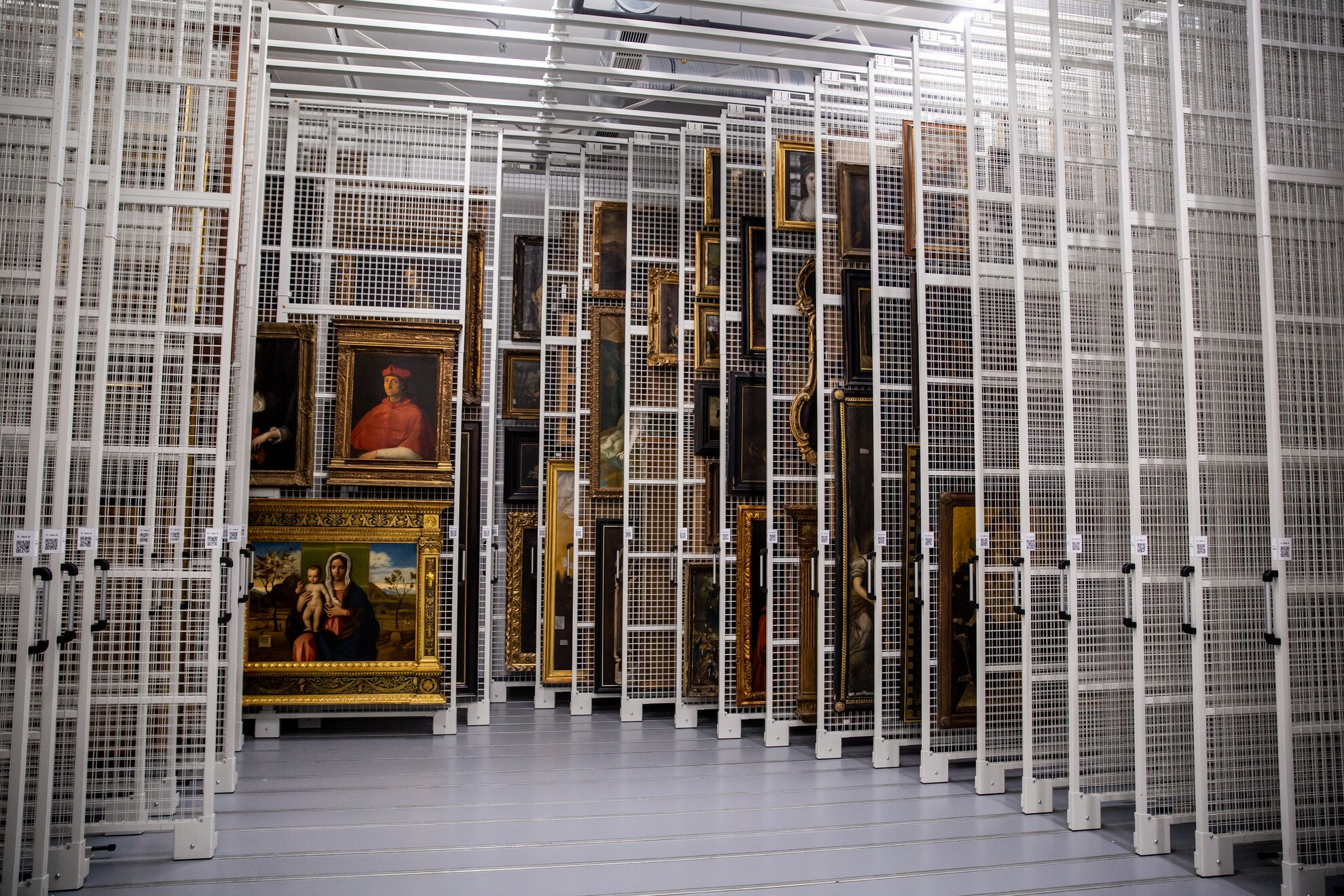
Located near Városliget on Szabolcs utca, it’s a warehouse and a special workshop all at once, with plenty of a laboratories and research rooms. The space once belonged to a hospital, which moved to another location in 2007, leaving the site deserted. The planning phase of the new museological institution began in 2012, aiming to help revitalise the area.
Designed by award-winning
and specialist architect Zsolt Vasáros, the centre was opened last year, in
2019. It has only been in operation for a short time, though, because
transporting artworks is a difficult and time-consuming process. It’s not as
simple as taking them from A to B, as they need to go through a strict course
of preparation and packaging, as well as route planning to make sure that the
trip is as smooth as possible.
Relocation of treasures from the Museum of Fine
Arts, the Hungarian
National Gallery and the Museum of
Ethnography is still in full
swing, but there’s already a lot to see if you’re paying by-appointment-only
visit to this huge complex almost the size of Vatican City.
Skill and experience
Architects also considered
the needs of future employees, as well as bringing international experience to
the table when designing the complex. “Nearly 150 designers, creators,
engineers and experts took part in the process, with outstanding
representatives from the fields of construction, engineering and electrical
engineering,” says architect Zsolt Vasáros.
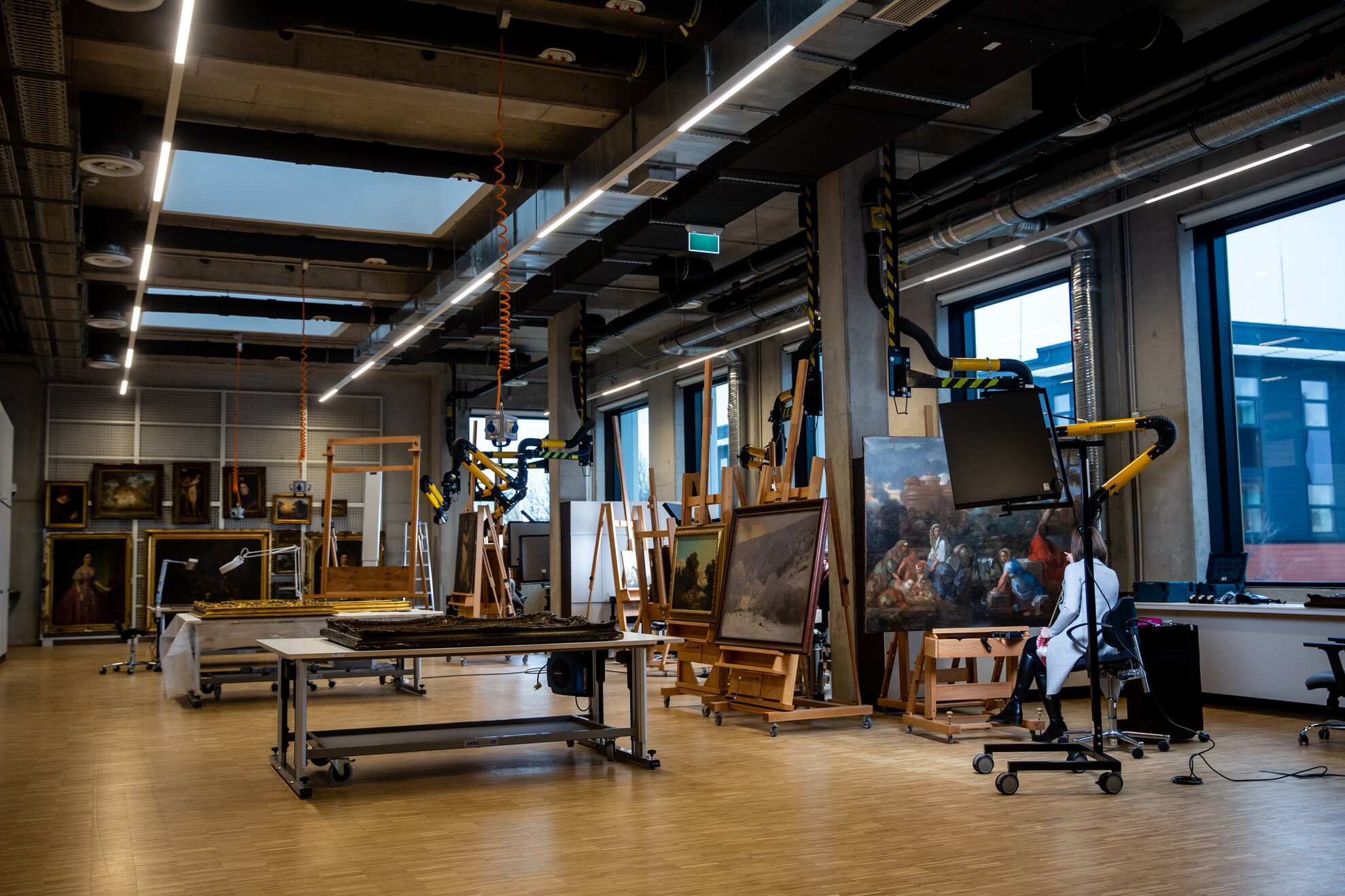
The preservation of artefacts
requires special conditions – experts must pay attention to humidity,
temperature and incoming light. The comfortability of the workspace of
restorers and museologists has also been taken into consideration. The features
of these buildings are therefore completely unique in allowing the protection
of valuable pieces of art while creating the right conditions for long-term
preservation and access.
Design and construction lasted eight years in order
to build something unprecedented in Hungary, which should allow a large number
of artefacts to be moved into its spaces.
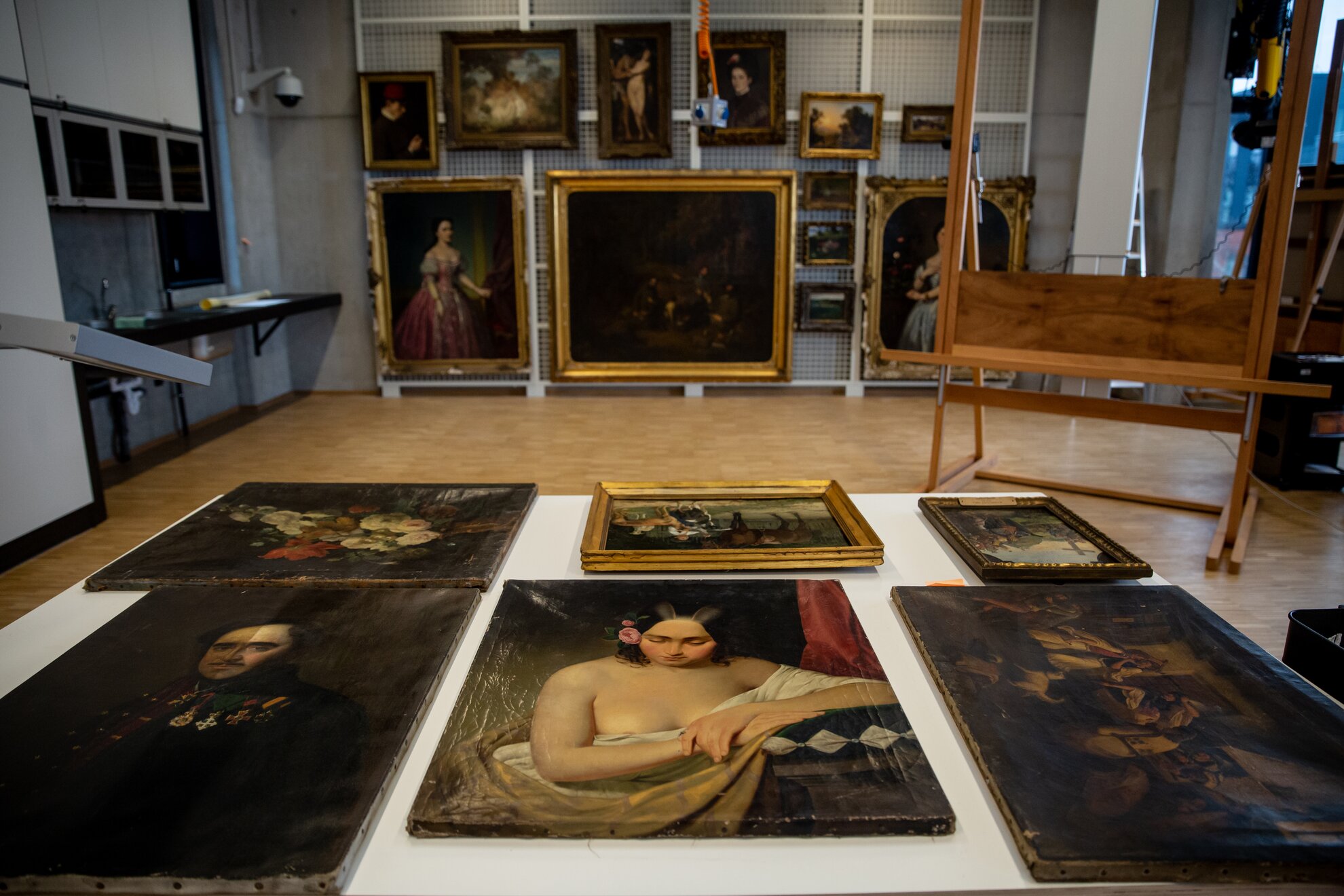
The paintings of some of Hungary’s best-known artists, Mihály Munkácsy, Pál Szinyei Merse and Béla Czóbel, are currently being restored, which allowed us to observe the removal of yellowed paint, and the reveal of the original colours of a few of our favourite paintings. It was fascinating to see how to handle these delicate objects with humility and courage. The restorers have seven studios and four rooms, designed for diagnostic and conservation purposes, to carry out their tasks.
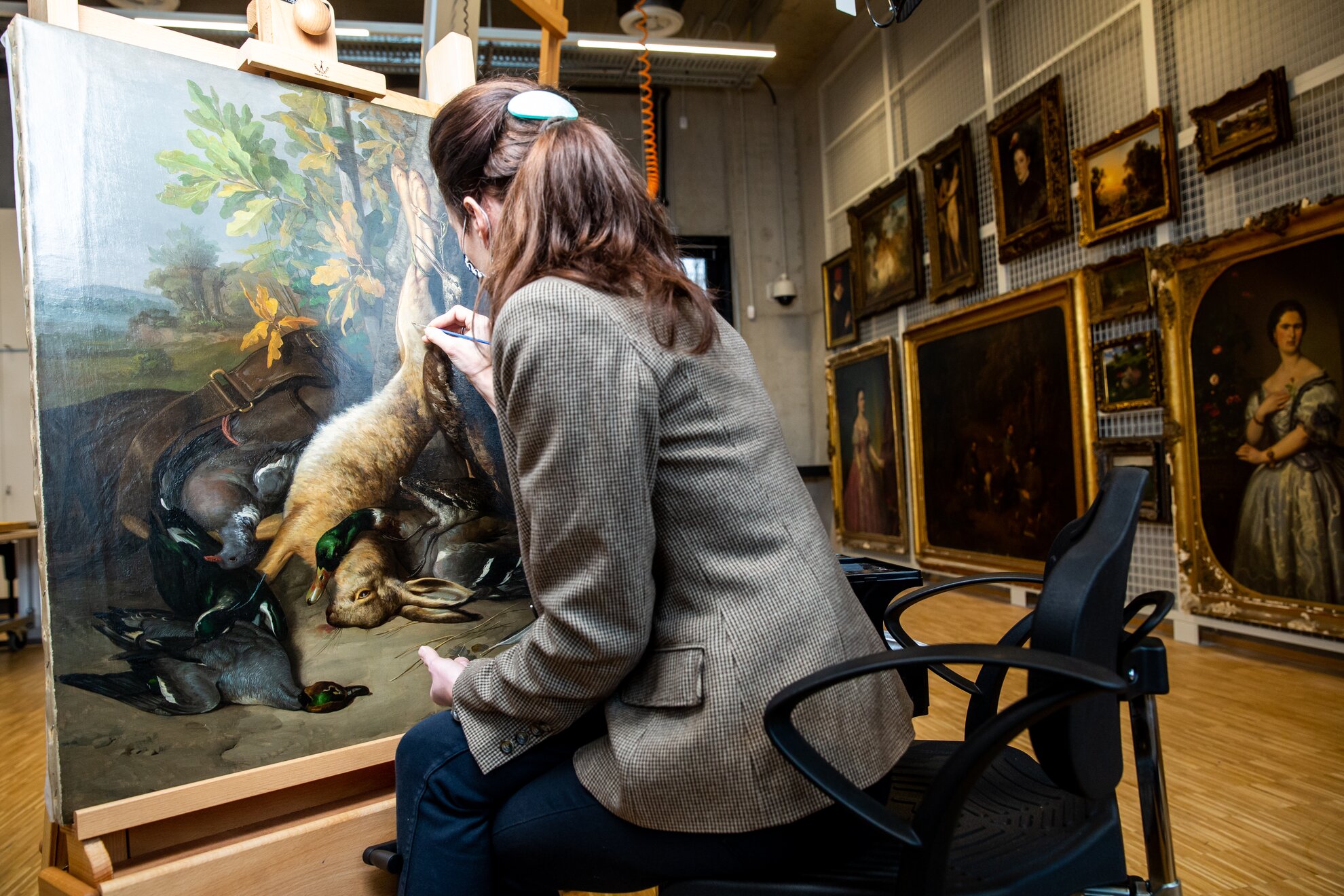
The block belonging to the Museum of Fine Arts can be found on level -3, with 125,000 pieces of art stored here, paintings occupying 25,000 square meters of space – half the size of Vatican City. Thankfully, registration and cataloguing is not done on paper any more, which would probably take ages. QR codes help with classification and orientation today. The digital records are also part of the development connected to the new buildings.
Artefacts should also be left to recuperate from
the shock of transportation, needing to recover and acclimatise to the new
space in a separate location next to their intended spot. If you think that the
museologists spend their days walking amid a sea of art pieces every day, you
are a little mistaken – examinations and exhibition preparation take place
outside the warehouse, in a transitional space.
The centre also contains
quarantine rooms, where infected objects are placed to avoid any transmission
of disease.
